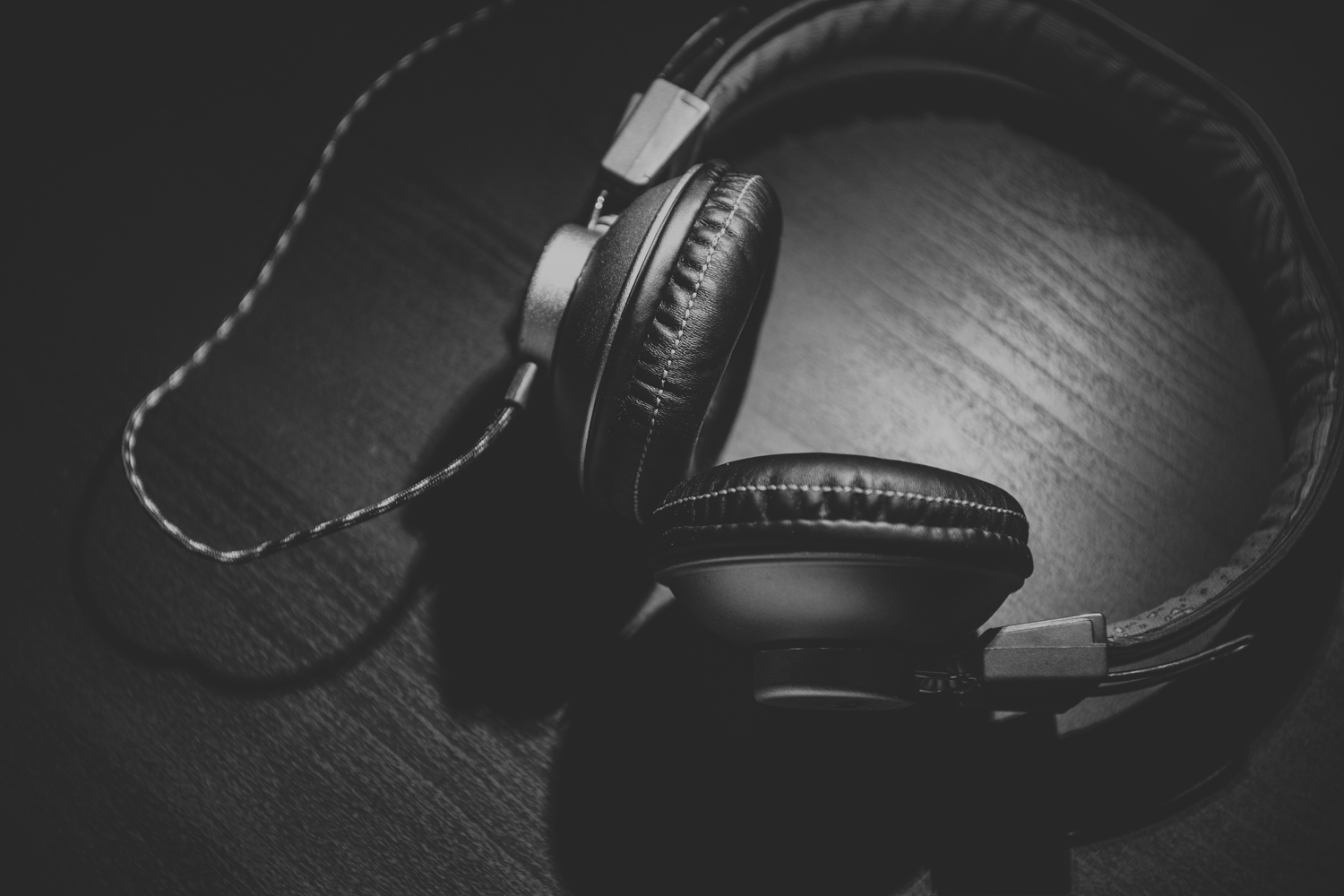Podcast audiences in the United States have grown tremendously over the last few years. In April 2015, Pew Research Center reported, “The percentage of Americans who have listened to a podcast in the past month has almost doubled since 2008, from 9% to 17% by January of 2015. The percentage listening in 2015 was up two points over 2014 levels (15%).”
One-third of all Americans have listened to at least one podcast in their lifetime.
General awareness has more than doubled since 2006.
46 million Americans over the age of 12 listen to podcasts on a monthly basis.
So why has podcast advertising remained so… stagnant?… asks the Wall Street Journal.
The WSJ reports, “Advertisers are expected to spend about $35.1 million on podcasts this year, up about 2% from last year, according to ZenithOptimedia, which is owned by ad holding company Publicis. Meanwhile, marketers are still investing some $18 billion a year in radio and $67 billion in TV.”
With the breakout popularity of new shows like Serial and the steady transition of longtime FM radio listeners to the iPhone, it’s surprising that the podcast advertising industry has failed to match the platform’s momentum.
What Gives?
The problems, report the WSJ, are many: Measuring results is difficult. Audiences are concentrated in the most popular podcasts, and those ad spaces are expensive. While ad spaces are available in podcasts with smaller audiences, those audiences are, well, smaller and may not provide the sought-after return. Also, there’s no way to know if someone who downloaded the podcast with your ad actually listened to it.
Challenges to this platform mean that most would-be advertisers will shy away. However, this could be good news for advertisers willing to experiment and take the risk of trying something new. The gap between podcast audience growth and podcast advertising growth is an opportunity for brands willing to try something new.
If You’re Going to Try Podcast Advertising…
- Use a direct-response approach. Because measuring impressions is rather dicey, a direct-response style ad that offers the audience a podcast-specific promo code is strongly recommended. Squarespace is one brand that does an exceptional job of direct-response advertising on podcasts. (Read more about the direct-response tactics of Squarespace, Mailchimp, Audible, LegalZoom, and others in this article, via The Atlantic.)
- Have the host read your ad. Many podcast listeners are fans of the host. (Podcasts, after all, are usually talk shows.) When your ad is read by the host, it sounds more natural and less intrusive.
- Select the right audience. The podcast audience is heavily skewed toward the top 10 podcast publishers. The Wall Street Journal reports, “About 700 unique programs from the top 10 podcast publishers, including NPR, This American Life/Serial and WNYC, amassed 110 million downloads in the U.S. in December, according to podcast advertising firm Podtrac. Those top 10 podcast publishers account for about 40% of all monthly podcast listeners in the U.S., according to Podtrac’s estimates.” If you can’t afford to advertise in one of the top 10 publisher’s podcasts, where costs run from “$50 to upward of $100 CPMS” (the cost of reaching a thousand podcast downloaders), then you need to be especially picky about what smaller audiences you go after. Spend time in research.
Have you advertised on a podcast before?
How did you find the experience, as an advertiser? Would you try it again?
